Trump's tariffs backfire: India moves closer to China, strengthening BRICS unity
The US government has long tried to recruit India for its new cold war on China. Donald Trump's tariffs have backfired, encouraging New Delhi to improve its relations with Beijing, strengthening BRICS
US President Donald Trump is a very contradictory leader. He constantly implements policies that go against his stated goals.
The perfect example of this is how Trump has treated BRICS, the Global South-led organization that now represents the majority of the planet.
Trump sees BRICS as a major threat to US hegemony, and, in particular, the dominance of the US dollar as the global reserve currency.
The US president has openly threatened members of BRICS to try to stop them from seeking alternatives to the dollar.
In a press conference at the White House on July 8, Trump complained (emphasis added):
BRICS was set up to hurt us. BRICS was set up to degenerate our dollar, and take our dollar as the standard, take it off as the standard.
And that’s okay if they want to play that game, but I can play that game, too. So anybody that’s in BRICs is getting a 10% charge.
…
If they’re a member of BRICS, they’re going to have to pay a 10% tariff, just for that one thing. And they won’t be a member long.
But ironically, Trump's attacks on BRICS countries have only strengthened BRICS, and encouraged more and more countries to join the Global South-led organization.
Trump has blatantly meddled in the internal affairs of Brazil, the "B" in BRICS. Trump is a close ally of Brazil's far-right former leader, Jair Bolsonaro. To hurt its current left-wing president, Lula da Silva, Trump imposed 50% tariffs on the South American nation.
This has resulted in Brazil deepening its already close ties with China. And President Lula is publicly calling for BRICS countries to create alternatives to the US dollar.
Trump's aggression is clearly backfiring.
Another example of this is how the US president has treated India, which is the “I” in BRICS.
For years, the US government has pursued a strategy of trying to ally with India against China, as part of an attempt to divide BRICS and isolate Beijing.
In recent years, especially under right-wing Prime Minister Narendra Modi, India had gradually moved closer to the United States.
But in his second term as president, Trump has attacked India, threatening it with 50% tariffs, one of the highest rates in the world.
Trump apparently thinks that India has no choice but to go along with whatever the US wants. But the world is increasingly multipolar, and New Delhi does have other options.
In response to Trump's very aggressive tariffs, what did India do? It reached out to China with an olive branch. Now New Delhi and Beijing are improving their relations.
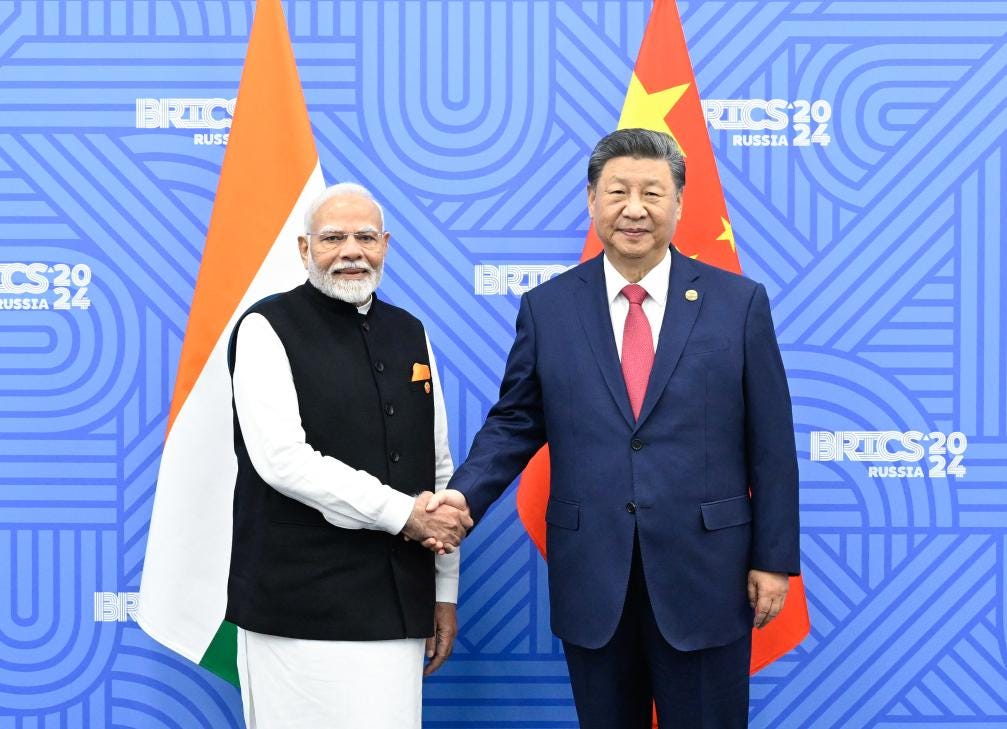
So Trump is actually pushing India and China closer together. This is exactly what Washington has been trying to prevent for well over a decade.
Trump himself, during his first term as US president, from 2017 to 2021, had tried to pull India away from BRICS.
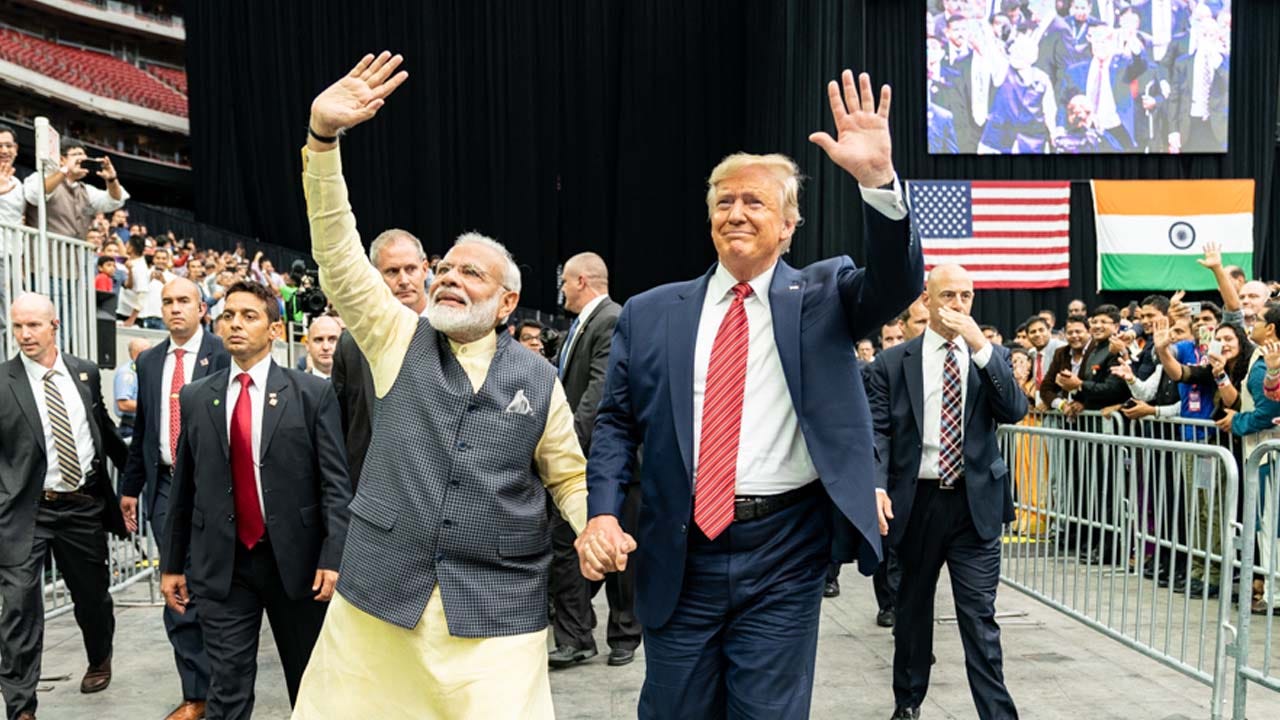
Hawkish neoconservative think tanks in Washington, DC, like the Hudson Institute, have said very clearly that India and the US “need each other to combat China”, and urged, “Don’t let domestic politics come in the way”.
The US even managed to bring India into the so-called Quadrilateral Security Dialogue, or Quad, alongside Japan and Australia. It is widely known that the Quad sought to isolate and weaken China in the Pacific region.
Trump's tariffs are now doing precisely the opposite.
These contradictory, self-destructive policies have led critics in China to sarcastically refer to Trump as Chuān Jiànguó (川建国), meaning "Trump the Nation Builder" — except the nation that he is helping to build up is not the US; it's China.
Trump wants to do to India what he did to Europe
Trump initially threatened 25% tariffs on India. He then hit the country with another 25%, which he claimed was because it is buying oil from Russia.
The US president gave India 20 days to come to an agreement to avoid these huge levies.
Bizarrely, the US government threatened to impose even more tariffs and potentially sanctions on India if Trump's talks with Russia's President Vladimir Putin, which were held in Alaska on August 15, were not successful.
What is going on here? What role does Russia play in this?
It appears that Trump is simply using India's purchases of Russian oil as an excuse. This is not really about Russia.
Trump wants to justify high tariffs on India to force New Delhi to come to the negotiating table, to sign an unfair agreement that benefits the US at the expense of India.
This is what Trump did to Europe. The European Union was pressured to sign an unequal treaty in which the EU accepted 15% US tariffs on European exports to the US, while the EU will not impose any tariffs on US goods.
The avowedly pro-US, Atlanticist president of the European Commission, Ursula von der Leyen, was asked about this unequal treaty in a press conference with Trump. The following is a partial transcript of the comments:
JOURNALIST: I have a question for the EU Commission president: What are the US concessions? What is the US giving up in the deal, if anything?
URSULA VON DER LEYEN: So, as we — the starting point was an imbalance, a surplus on our side and a deficit on the US side. And we wanted to re-balance the trade relation.
Trump thinks that he can force India to do the same thing, to sign an unfair trade deal that benefits the US at the expense of the other side.
However, India's foreign policy is more independent than that of Europe.
India is a major power. It has more than 1.4 billion people, making it the most populous country on Earth.
India has also grown a lot economically in recent decades. It has not grown nearly as quickly as China, but India is the third-biggest economy in the world, when you measure its GDP at purchasing power parity (PPP).
China is the number one economy, representing 19.68% of world GDP (PPP). The US is the number two economy, making up 14.75%. India comes in third, at 8.53%. Russia is in fourth, with 3.48%.
The United States would like to simply force India to ally with it and do whatever Washington wants. This is what Trump thinks he can do with his sky-high tariffs.
But again, India is a great power. It is a very large country with a long history of an independent, non-aligned foreign policy.
US officials have praised India's current, right-wing leader Modi as “the most pro-American prime minister we've ever seen in Indian history”. He has not been nearly as friendly to the Global South and anti-colonial movements as some of his predecessors from the left-leaning Indian National Congress — especially founding father Jawaharlal Nehru, who attended the Bandung Conference in 1955 and was a co-founder of the Non-Aligned Movement in 1961.
But despite the changes under Modi's far-right Hindu-nationalist party BJP, India’s foreign policy still remains independent and relatively non-aligned. When New Delhi perceives it to be in its interests, it will sometimes ally with the US on particular issues; but when it doesn’t, it won’t.
India buys Russian oil — and so does Europe, through India
A clear example of India’s non-aligned foreign policy is its close relations with Russia.
During the first cold war, when India was ruled by the left-leaning Congress party, it had close relations with the Soviet Union. Even after the fall of the USSR in 1991, New Delhi's relations with Moscow remained friendly.
In recent years, India has become a major purchaser of Russian oil, which Trump has used as an excuse to impose tariffs on it.
This is a result of the war in Ukraine. After 2022, Europe pledged to boycott Russian oil. So Russia offered to sell India its oil at a discount.
As of 2023, in just one year, India went from buying almost no oil from Russia to being the largest importer of its crude.
In 2024, China overtook India as the main importer of Russian oil. But together, China and India are by far the two largest purchasers, receiving the vast majority of total imports.
China is also the number one trading partner of Russia, and the largest market for Russian exports. It imports roughly twice as much as India, which is the second-biggest market for Russian exports.
This has led some people to raise the question to Trump: If you're putting 25% tariffs on India for buying oil from Russia, why are you not doing the same to China? Because China now buys even more oil from Russia than India does.
The answer to that question is that this is not really about Russia. This is simply part of Trump's strategy to put maximum pressure on India, to force it to sign a trade agreement with the US.
It is also deeply hypocritical for Western countries to criticize India for buying Russian oil, because some of the top purchasers of Russia's enriched uranium and plutonium include the United States, Germany, and France. They need this for their nuclear energy industry.
In fact, what is even more hypocritical is that India has become the largest exporter of fuel to Europe. And where is that fuel coming from? Russia.
This was reported by Bloomberg in 2023. It noted that India was the biggest purchaser of Russian oil that year, and that India was refining and processing that crude and subsequently exporting “clean fuel” to Europe.
Clearly, the Western countries have flagrant double standards. But the point is that Trump’s tariffs on India are not really about Russia; that is just an excuse to increase the pressure.
Trump’s real goal: to forcibly reduce the US trade deficit with India
What Trump is really concerned about is the large trade surplus that India has with the United States, which has grown in recent years.
The opposite of India's surplus is the US deficit. Trump sees trade deficits as something inherently bad, and he is obsessed with trying to reduce the US deficit.
In fact, Trump's trade advisor, the inveterate China hawk Peter Navarro, was asked why Trump was not imposing tariffs on China for buying oil from Russia. He replied, “We have over 50% tariffs on China. So we don't want to get to a point where we actually hurt ourselves”.
This was a very revealing comment. It made it clear that some officials in the Trump administration understand that, if they continue to levy higher and higher tariffs on China, it will actually backfire and hurt the US economy, because the US imports important technologies from China that it cannot import from any other country — unlike India, which does not have the same advantages.
It's important to look at the significant differences in US trade with China and India.
US trade with China was $658.9 billion in 2024. That was more than three times as much as the US trade with India in the same year, which was $212.3 billion.
If one looks at the specific goods that China exports to the US, one can see how the US is much more dependent on its trade with China than it is on its trade with India.
Top Chinese exports to the US include cellphones, computers, batteries, semiconductors, other technologies, machines, and machine parts.
The US cannot realistically replace these with products produced somewhere else, at least in the short term. China is the world's manufacturing superpower.
This gives China significant leverage in its negotiations with the Trump administration.
Moreover, Beijing has responded to the US government’s aggressive tariffs, sanctions, and export restrictions with its own defensive measures. Namely, China limited the export of rare earths to the US.
Rare earth magnets are essential in the production of advanced technologies and military equipment. China’s retaliatory restrictions have thus caused shockwaves throughout the US economy.
This is a major card that China has played in its trade negotiations with the US. This is exactly why Navarro warned, “We don't want to get to a point where we actually hurt ourselves”.
The character of US trade with India is very different. If one looks at what India sells to the US, it's not as strategic as what China exports. And it can be replaced.
India is a major exporter of medicine to the US. This includes many low-cost, generic drugs, which are much more affordable than the expensive drugs produced by large US pharmaceutical corporations.
This does benefit US consumers, but Trump is committed to protect US corporate monopolies. His administration has opposed some major antitrust efforts and withdrawn or suspended enforcement actions against 165 corporations. So he is not concerned about US consumers losing access to low-cost Indian medicine.
Another major Indian export to the US is diamonds. Those are not difficult to replace.
India does export some electronics goods, such as telecommunications products, but not nearly as many as China does, and India's products are not as technologically advanced as those produced in China.
So India does not have as much leverage in its trade negotiations with the US as China does.
Moreover, the United States is the number one trading partner of India, and the top market for Indian exports. As of 2022, nearly 18% of Indian exports went to the US.
China, on the other hand, has diversified its trade in recent years, so it is no longer as dependent on selling to the US market. During Trump's first term, in 2018, when he started the US trade war, 19.23% of China's exports went to the US; by 2024, that figure fell to 14.67%, and it continues to decline every year.
Trump is betting on the idea that the US has much more leverage over India, and that he can force New Delhi to sign an unfavorable trade agreement.
However, although India might not have the same economic leverage that China has, it does have some political cards it can play in these negotiations.
Chief among these is that India can improve its relations with China, as a message to the US, saying, fine, if you want to pressure us to divide BRICS, we're instead going to strengthen the unity of the Global South-led organization.
India moves closer to China; unity inside BRICS grows
This is exactly what is happening. India and China have been improving their relations, especially after Trump initially announced these tariff threats on countries all around the world, in April.
China revealed in August that it was sending its foreign minister, Wang Yi, to India for the first time in three years, in a major diplomatic breakthrough.
India has also deliberated proposals to encourage investment from China, especially from Chinese technology companies. India wants to improve its manufacturing capabilities and move up the global value chain, and hopes that bringing in Chinese companies could facilitate technology transfer.
This all came after another big diplomatic victory in October 2024, when China and India held their first formal talks in five years, in order to resolve a border dispute that had resulted in violence in 2020.
This previous diplomatic breakthrough was made possible by the 2024 BRICS summit, which was held in the Russian city of Kazan.
Russia had been working hard to try to bring together China and India. Moscow enjoys good relations with both Beijing and New Delhi, and sought to encourage more unity inside BRICS.
Trump's economic attacks on India are thus only further strengthening BRICS.
The same has also been happening in other regions of the world, especially Southeast Asia.
Just as the US has sought to recruit India for its new cold war on China, Washington has tried to woo Vietnam, seeking to improve relations (after killing millions of its inhabitants in the Vietnam War).
However, Vietnam has maintained a principled non-aligned foreign policy. Vietnam pursues a strategy it calls the "Four Nos", which the government describes as "no partaking in military alliances, no siding with one country to act against another, no foreign military bases in the Vietnamese territory or using Viet Nam as leverage to counteract other countries, and no using force or threatening to use force in international relations".
When Trump announced on April 2 that he would impose massive tariffs on Vietnam, China immediately recognized it as an opportunity to improve relations.
Less than two weeks later, Chinese President Xi Jinping visited Vietnam, where he signed 45 agreements.
Then, in July, top officials from China and Vietnam convened again, making more deals to deepen their economic ties. This latter meeting was held on the sidelines of the 2025 BRICS summit in Brazil.
This was the first BRICS summit that featured Vietnam as a new partner country. Since June 2025, Vietnam is now also part of BRICS.
What all of this shows is how BRICS is bringing together the countries in the Global South, as the US empire pursues a policy of divide-and-conquer.
Imperial strategists in Washington have for years sought to sabotage relations between Russia and China, between Vietnam and China, and between India in China.
But what Trump is doing with his aggressive tariffs and overt meddling is actually pushing these nations closer together, while strengthening BRICS as a platform for the Global South, representing the majority of the world population.



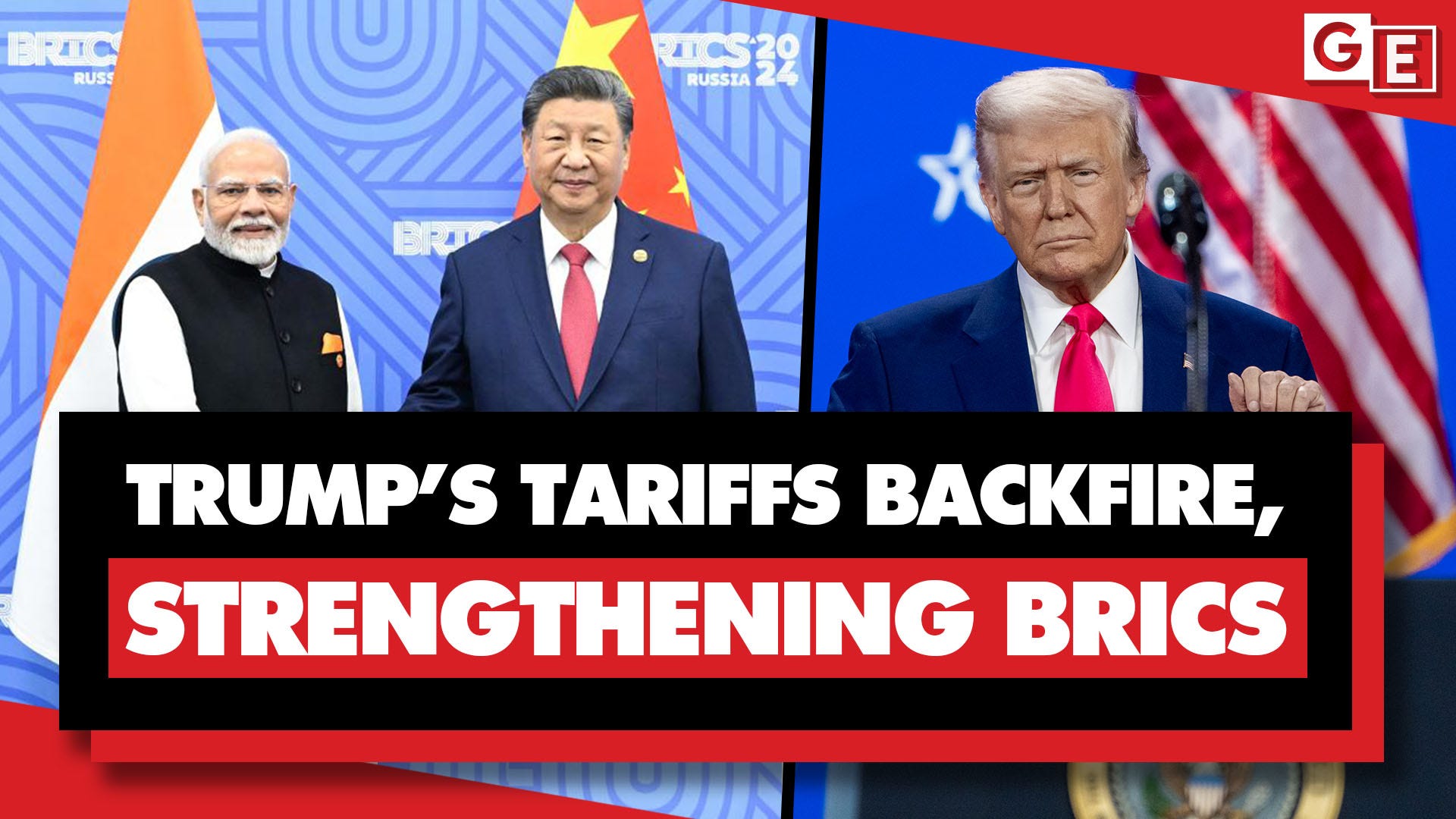
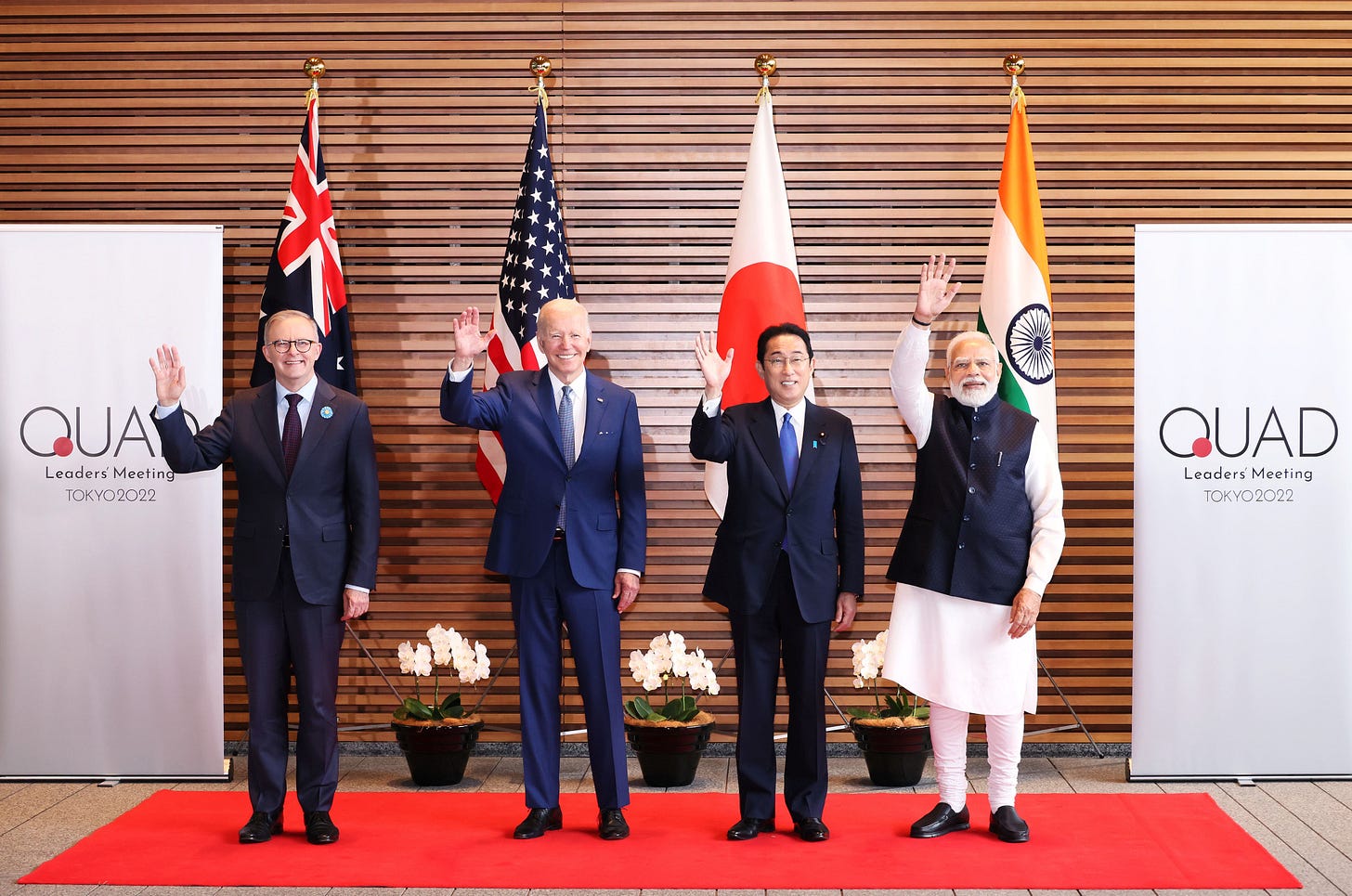
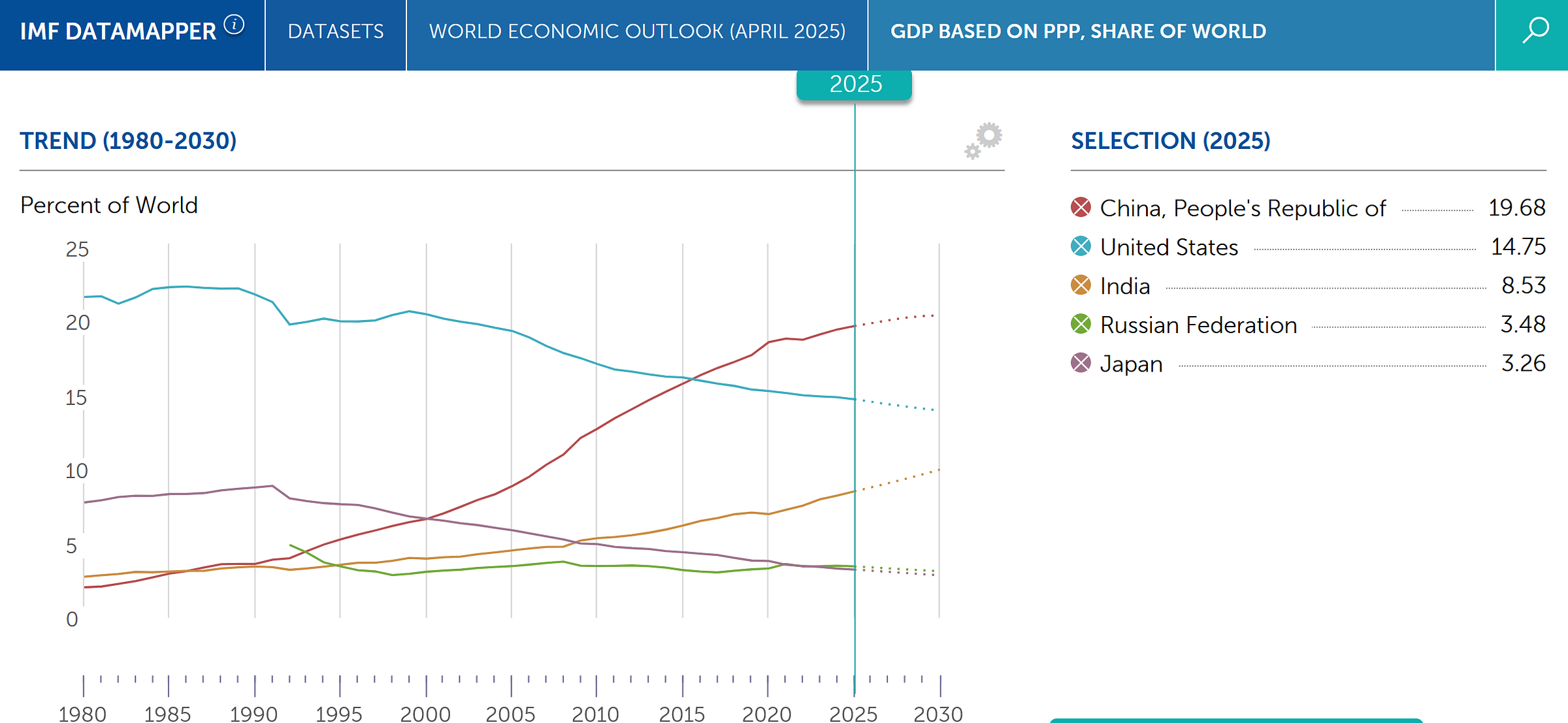
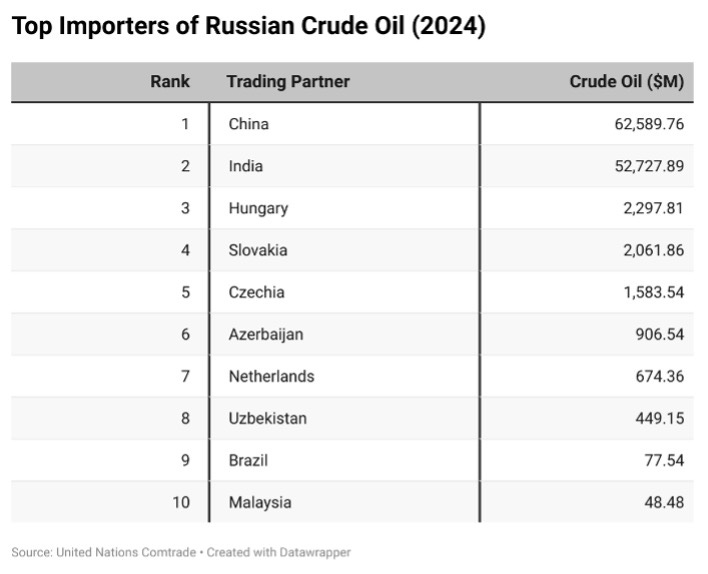
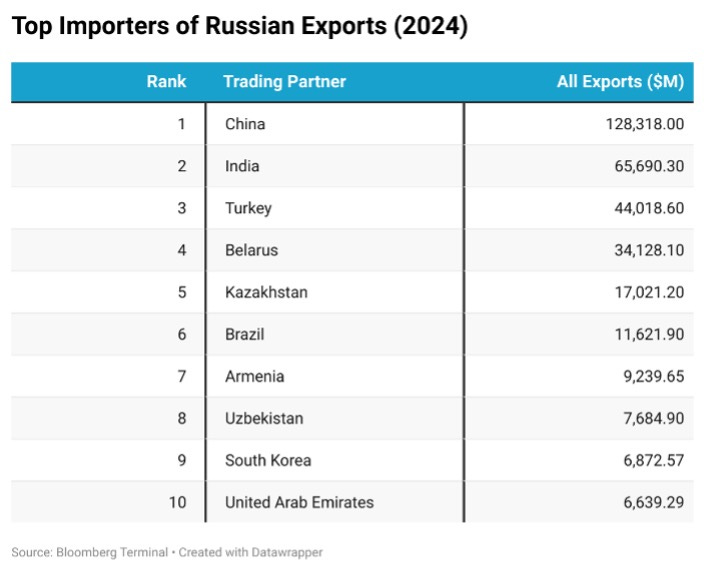
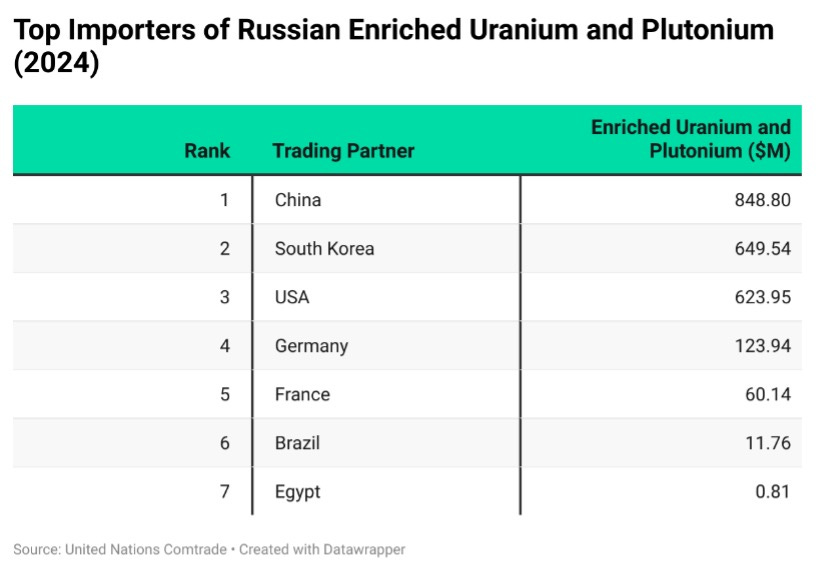
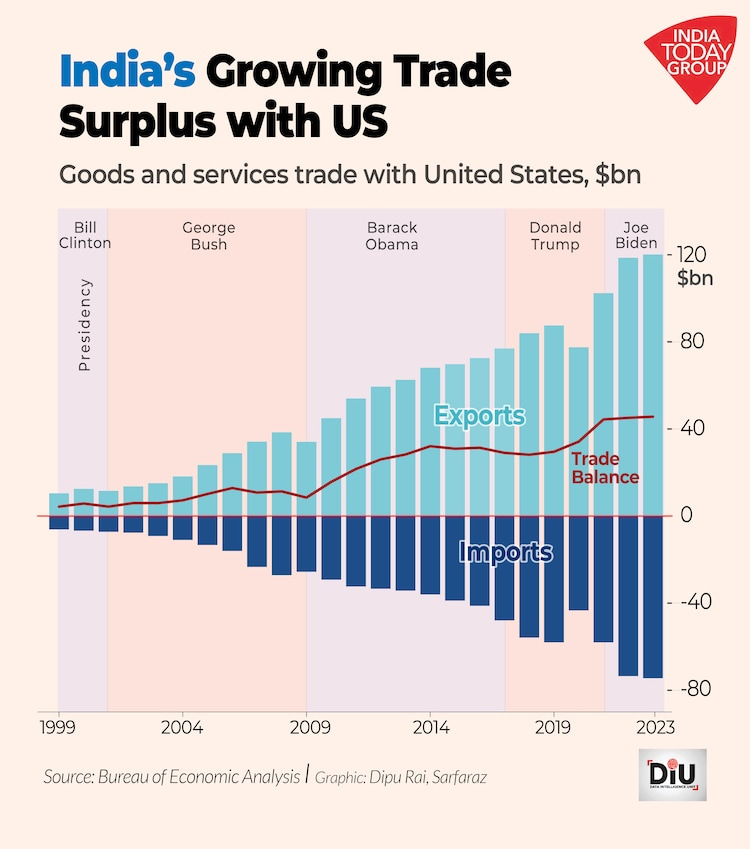
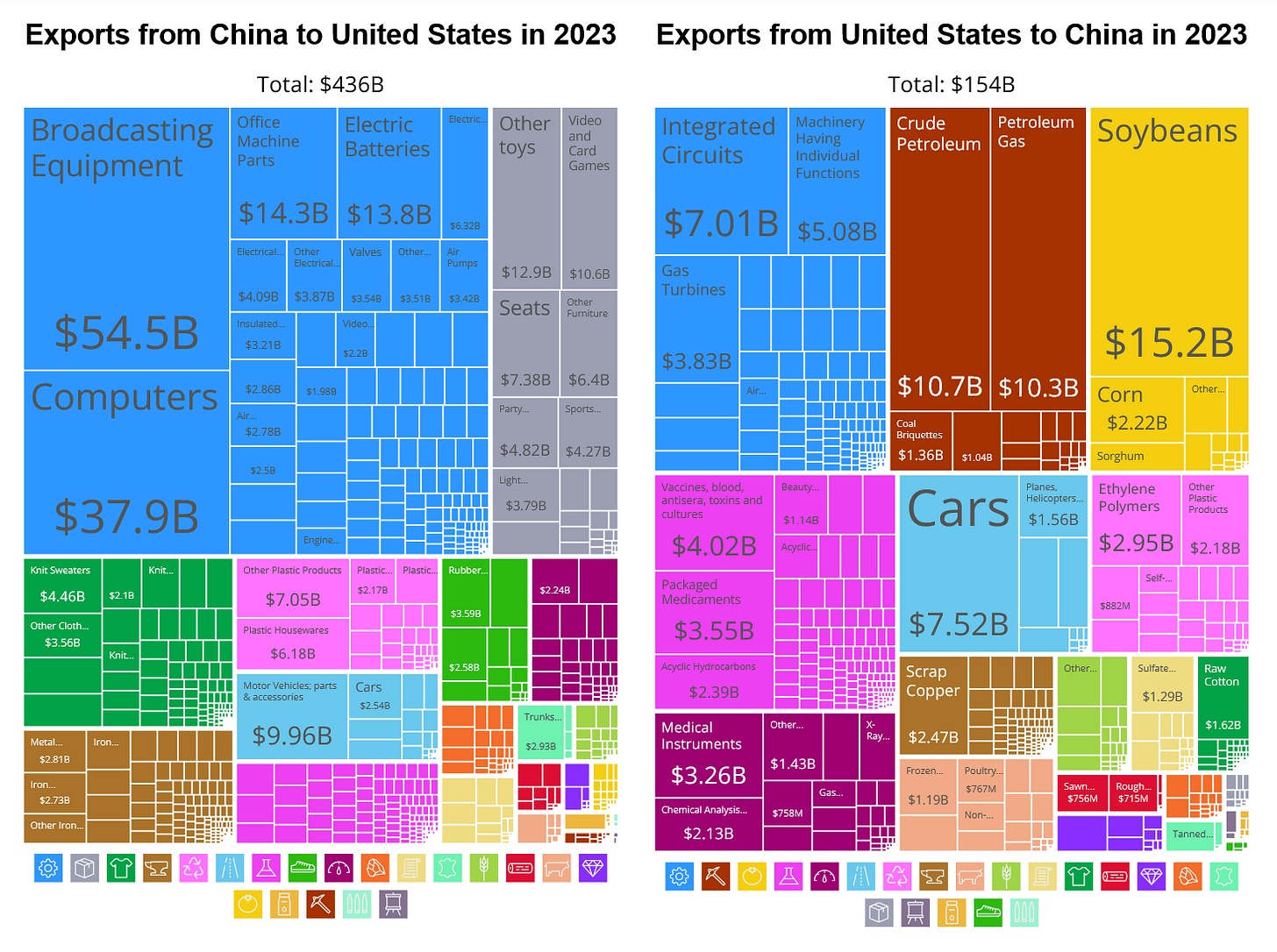

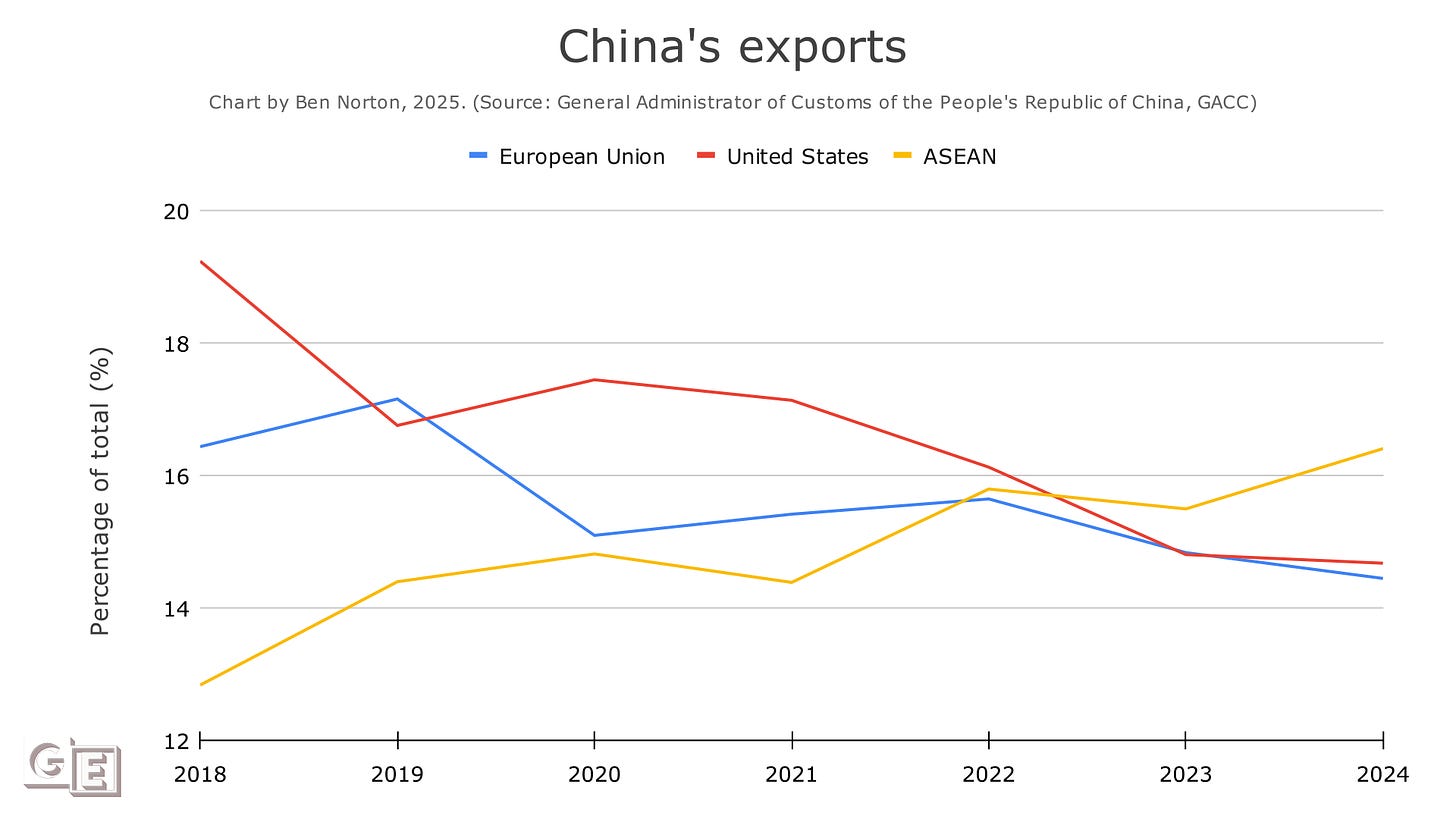
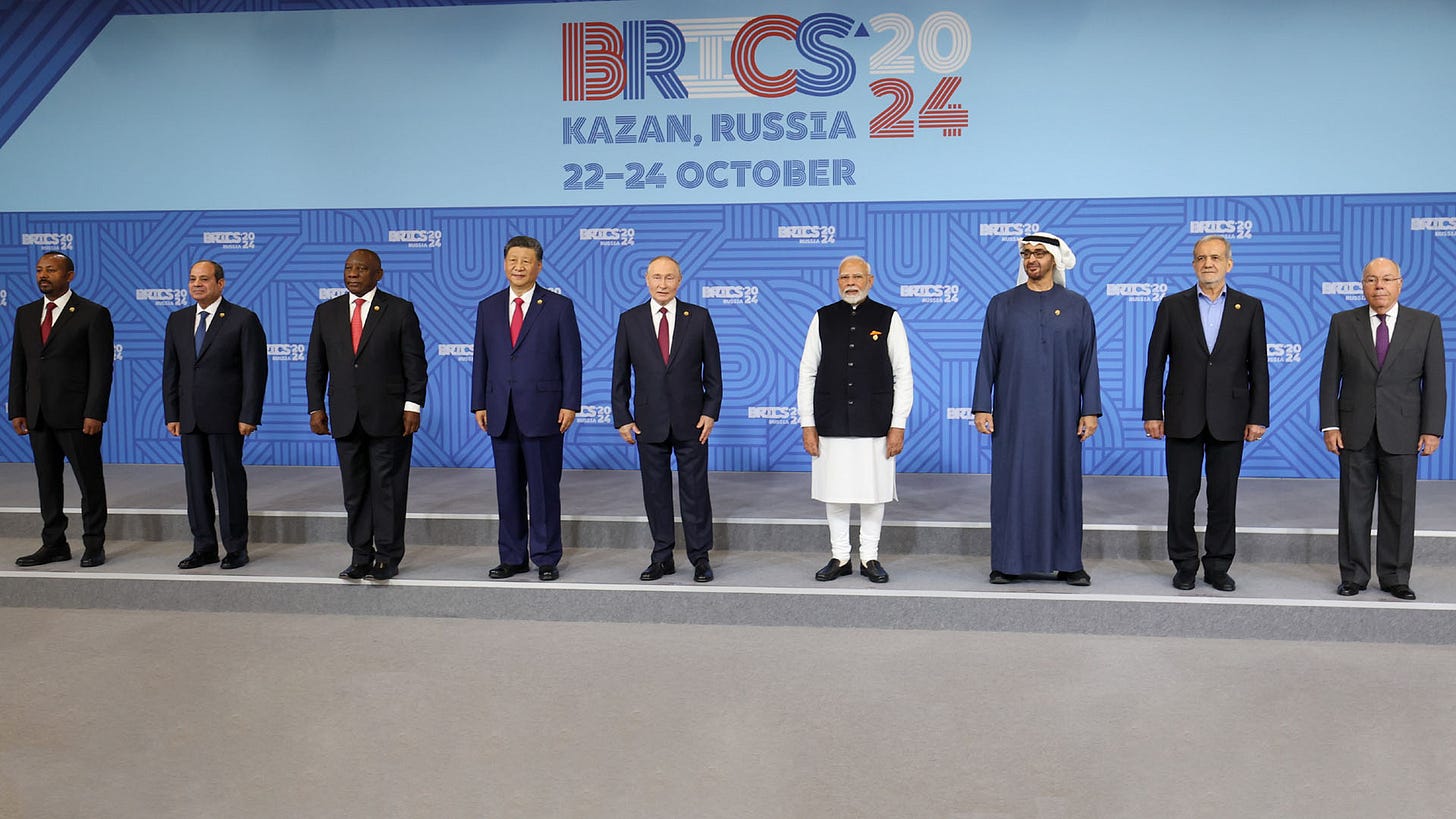
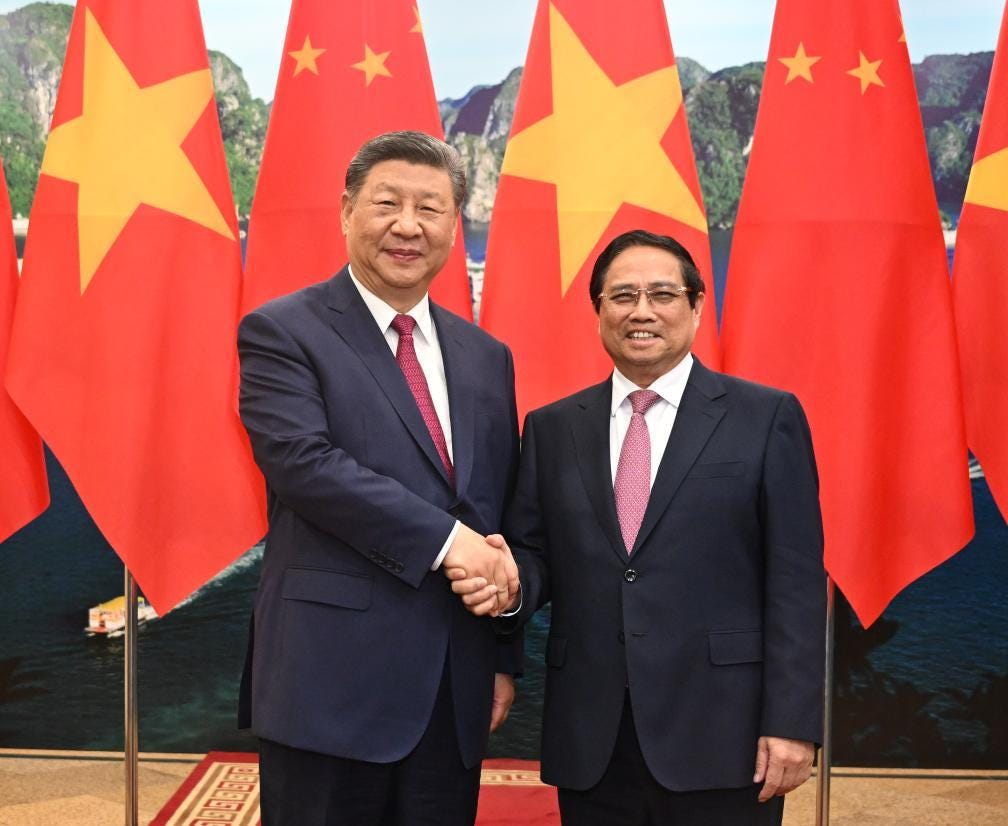
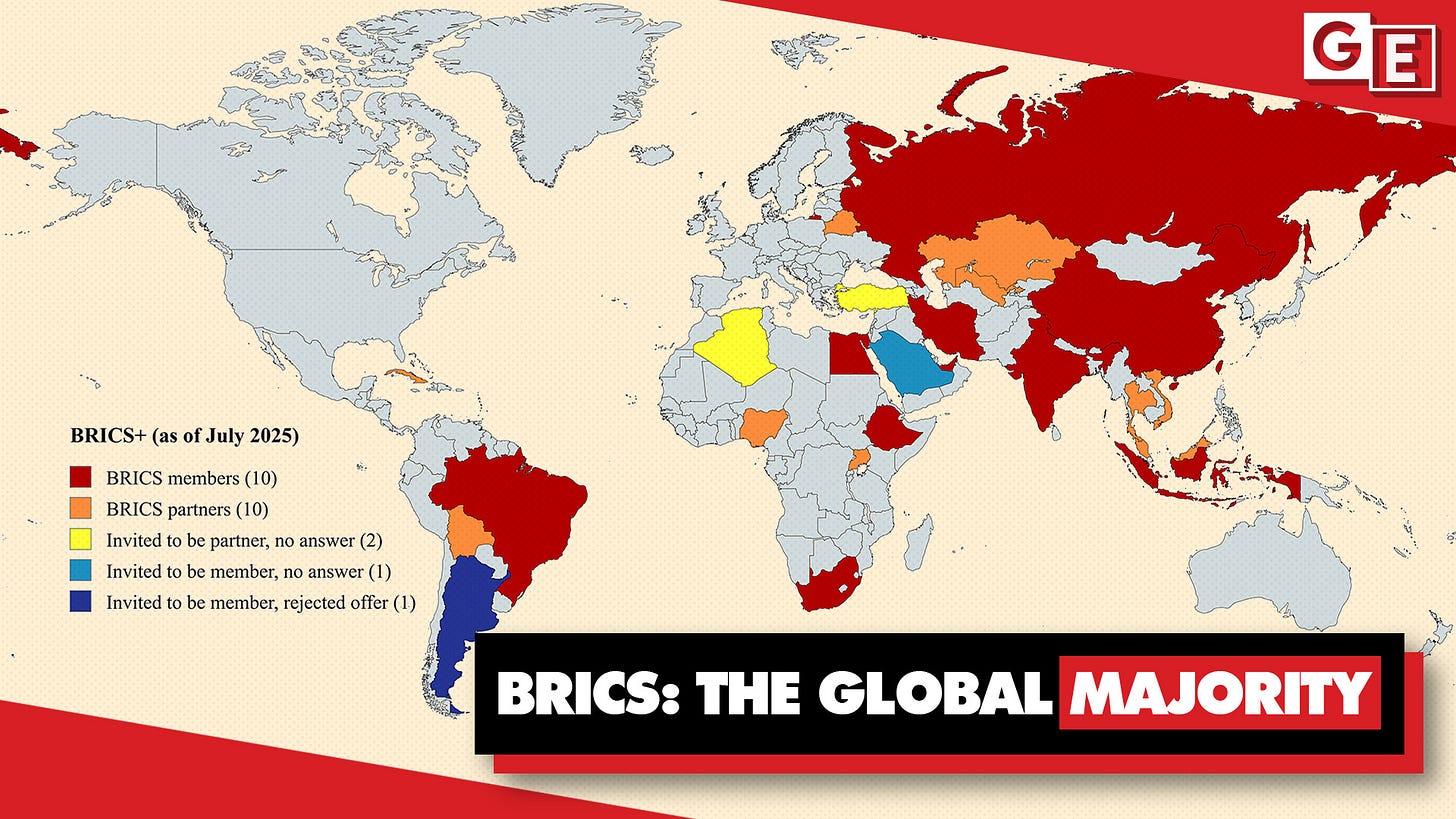
"The US claim ownership over the entire planet while pretending that they do not seek confrontation with nations they try to subjugate, and interpret the refusal to be subjugated as an unprovoked act of aggression."
-Caitlin Johnstone
Excellent analysis! As far as it goes, but I think there is one element, IMO, perhaps the most important one, left out, and that is that Trump, in the guise of doing all this ostensibly to maintain/increase "US" influence in the world, actually doesn't give a damn about any of that - Trump, in a '16 pitch for his GOP Pres nomination, said he wanted to be US Pres because he wanted to be "the most powerful man in the country, in the world" And if you look, from 30,000 ft at everything he has done, certainly in his "2nd Coming", domestically ("in the country") and re foreign policy ("around the world") has been in pursuit of this goal. As they say, when someone "tells" you who they are, believe them ...
Domestically - I think there is little doubt that he has his power, through the concept of "Unitary Executive", aided and abetted by Congress and the SC - take a look around, the examples are legion, he has gutted the Gov't agencies that are supposed to serve "we the people" and assumed personal control.
Around the world - this piece may well be a discussion of the extent to which he has succeeded, or failed, in that effort - but all his "policies", EO, re "Nat'l Sec." etc. are attempts at securing, extending or at the least "demonstrating", his personal power, not in the interests of anyone or anything else ...
Indeed, it is quite useful, and necessary , to examine the "results" of his policies, many of which were not incubated by him, but which he has pursued only insofar as he sees them as advancing or "demonstrating", his personal power, but it seems to me, from his point of view, if they didn't produce the actual results he claimed they would, or have in fact, as here, even backfired, he will simply shrug his shoulders, rationalize the outcome, or blame someone else, and move on to another "policy" - all in the pursuit of personal power .....
I think before we can, as a country, produce either domestic/foreign national/rational policies, we need to be very clear, especially to ourselves, as many others have already figured out, that the fellow and his coterie in office with the power to do so, are incapable of, or unwilling to, enact and carry out such policies - for a very simple reason - it is not about US/us but about Trump -
So the first order of "business", it seems to me, is to impeach, convict, and remove this man from office, NOW - will that solve all our problems, heck no - but until we do those problems will increase, multiply, metastasize and suck more and more of the life out of us - before we can stop the bleeding and repair the wounds, we must remove the knife - and let the phrase "never again" apply to the election of such a person ....